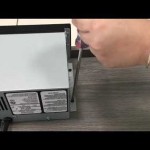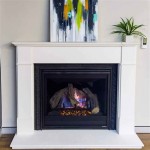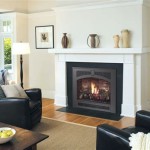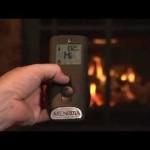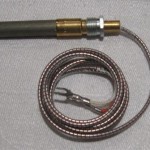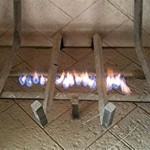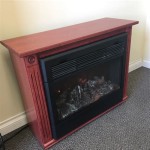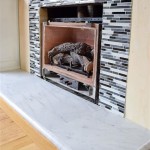Gas Fireplaces Without Chimneys: A Comprehensive Guide
Gas fireplaces have become increasingly popular in homes, offering a convenient and efficient way to enjoy the warmth and ambiance of a fire. Traditional fireplaces, however, often require a chimney for venting, which can be costly and challenging to install. Fortunately, advancements in gas fireplace technology have led to the development of vent-free and direct-vent models, allowing homeowners to experience the benefits of a gas fireplace without the need for a chimney.
Vent-free and direct-vent gas fireplaces utilize different venting methods, each with its own advantages and considerations. Understanding the differences between these systems will help you determine which option best suits your needs and home.
Vent-Free Gas Fireplaces: Convenience and Efficiency
Vent-free gas fireplaces are designed to operate without a chimney, relying on a sealed combustion system to vent exhaust gases safely and efficiently. The combustion process occurs within a sealed chamber, preventing any smoke or fumes from escaping into the living space. Instead, the exhaust is vented through a vent pipe that extends to the exterior of the home, often through the wall or roof.
Vent-free gas fireplaces offer several advantages, including:
- Cost-Effectiveness: They eliminate the expense of installing a chimney, making them a more affordable option.
- Easy Installation: Their design allows for easier installation compared to traditional fireplaces.
- Energy Efficiency: The sealed combustion system ensures that minimal heat escapes, leading to greater energy efficiency.
- Convenience: Vent-free fireplaces require no manual refueling, making them a highly convenient choice.
It is crucial to note that vent-free fireplaces are subject to specific safety guidelines and regulations. They are typically restricted in size and heat output to minimize the risk of carbon monoxide buildup. Furthermore, proper installation by a certified professional is essential to ensure safe operation.
Direct-Vent Gas Fireplaces: Flexibility and Controlled Ventilation
Direct-vent gas fireplaces also operate without a traditional chimney but rely on a separate vent system for exhaust and fresh air intake. The vent pipe is typically installed through the wall or roof and connects directly to the fireplace. This system allows for fresh air to be drawn into the combustion chamber from the exterior while venting exhaust gases outside.
Direct-vent gas fireplaces offer several advantages, including:
- Controlled Ventilation: They provide greater control over the airflow, facilitating better ventilation and improved energy efficiency.
- Flexibility: Direct-vent fireplaces can be installed in locations where a traditional chimney is not feasible, such as basement or attic spaces.
- Less Restriction on Size and Output: Compared to vent-free fireplaces, direct-vent models offer more flexibility in terms of size and heat output.
While offering greater flexibility, direct-vent fireplaces require proper installation and maintenance to ensure efficient and safe operation. The vent system must be correctly installed and maintained to prevent any potential hazards. It is also essential to ensure adequate access to fresh air for proper combustion.
Factors to Consider When Choosing a Gas Fireplace Without a Chimney
Selecting the right gas fireplace without a chimney requires careful consideration of several factors, including:
- Home Size and Layout: Consider the size and layout of your home to determine the appropriate heat output and ventilation requirements.
- Budget: Compare the initial installation costs and ongoing operational expenses of different models.
- Aesthetic Preferences: Choose a fireplace that complements your interior design and décor.
- Safety and Ventilation: Ensure that the chosen model meets local safety codes and regulations and provides adequate ventilation.
- Energy Efficiency: Opt for models with high energy efficiency ratings to minimize energy consumption and reduce utility costs.
By carefully considering these factors, you can make an informed decision about the most suitable gas fireplace without a chimney for your home, enjoying the benefits of a cozy fire without the hassle of a traditional chimney.

How To Vent A Gas Fireplace Without Chimney Vertical Care

Fires Choices For Homes Without Chimneys Wakefords Fireplaces And Stoves

Install A Fireplace Without Chimney Ventless

No Chimney Problem Blog
:max_bytes(150000):strip_icc()/ventless-gas-fireplaces-4160746-hero-f9d4bdcd9bd446eb84406de306f790ba.jpg?strip=all)
How To Pick Out A Ventless Gas Fireplace

Do You Need A Chimney For Fireplace Direct Fireplaces

Do Gas Fireplaces Need A Chimney Dreifuss

What Is A Ventless Gas Fireplace Experts In Gaithersbutg Md

Considering A Ventless Gas Fireplace Here S What You Need To Know Bob Vila

If You Have A Gas Fireplace It May Or Not Chimney Flue
Related Posts

